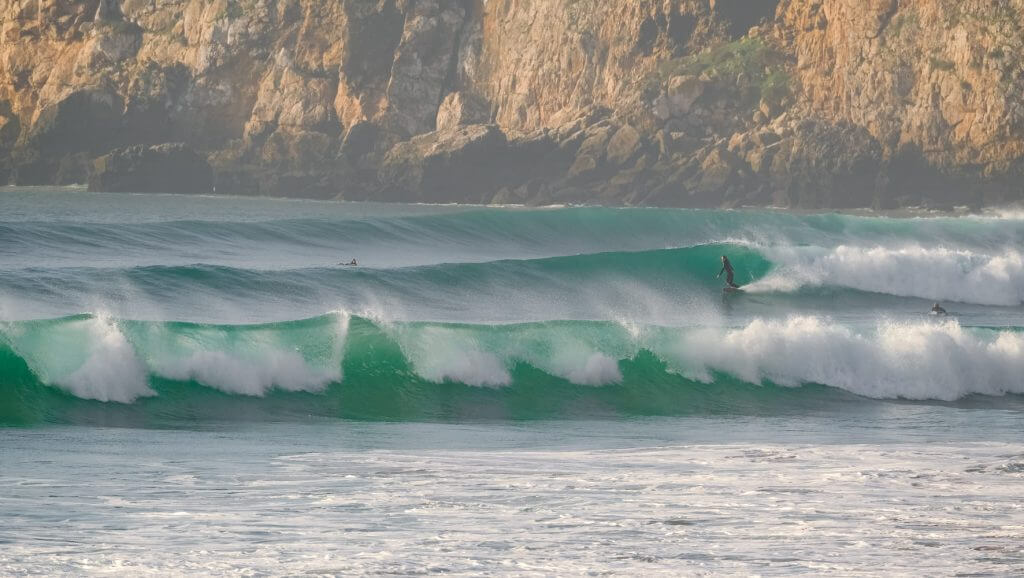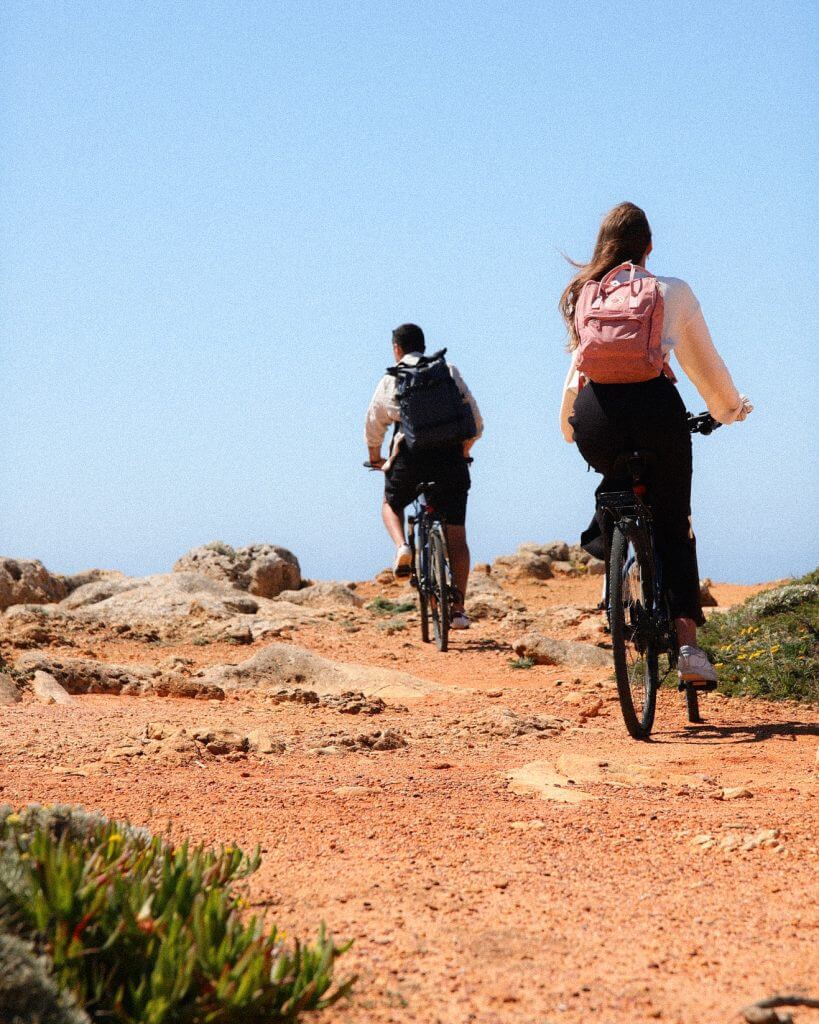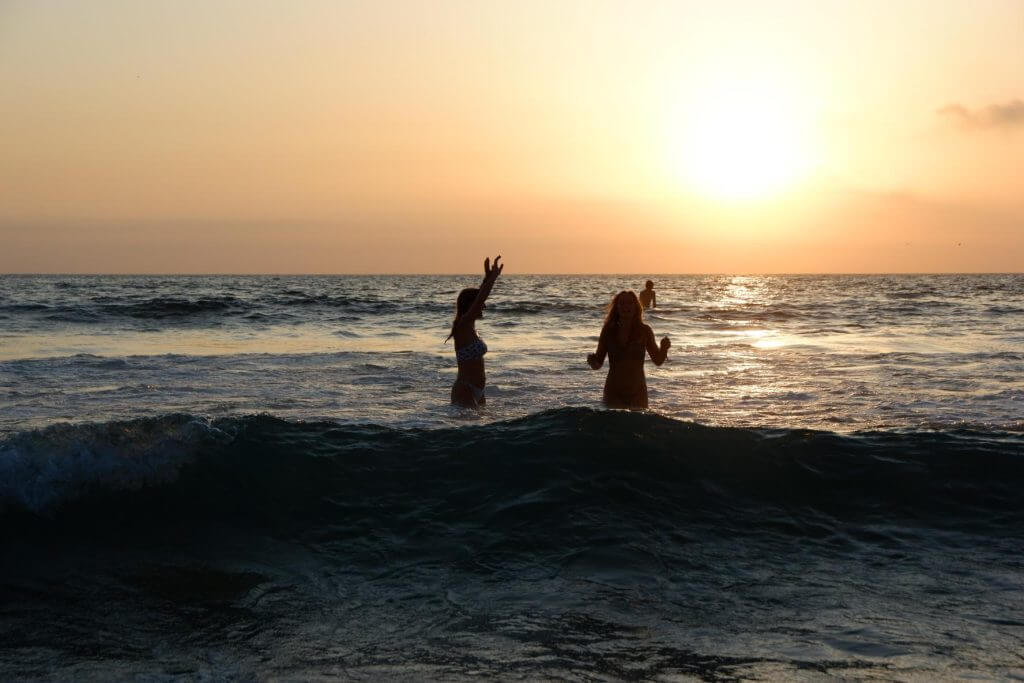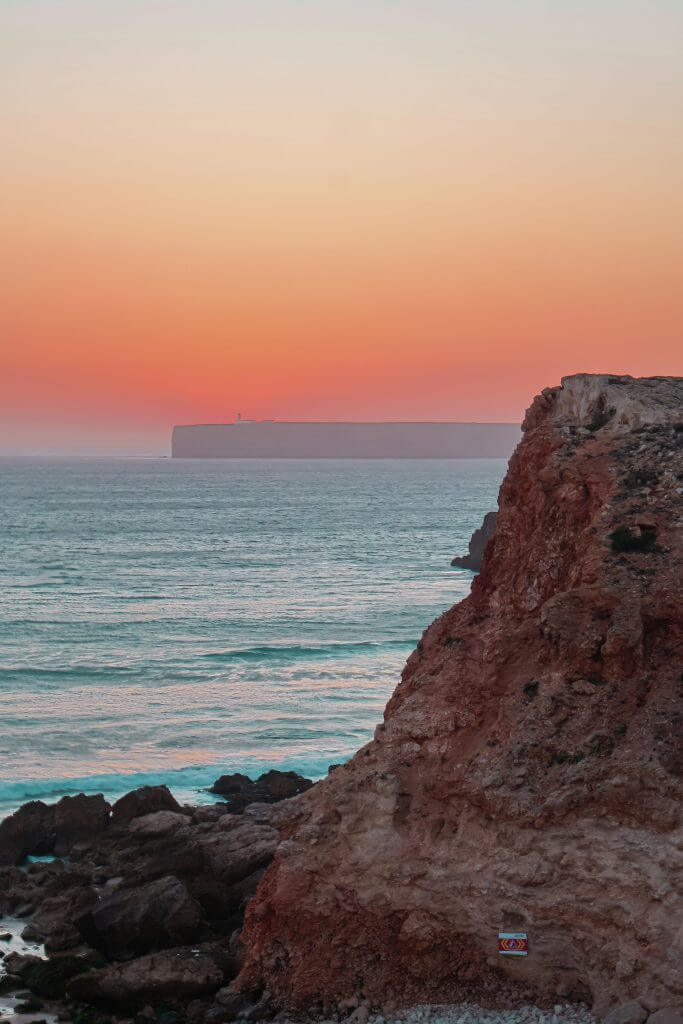Diving into the Science Behind What Makes the Ocean Move and How It Affects Your Surfing Adventure
Staying at Sagres Sun Stay Hostel and Surf Camp, you’ll find yourself surrounded by the magic of the Atlantic Ocean. However, to truly enjoy your surfing experience, it’s essential to understand how waves and tides work. Whether you’re an experienced surfer or just starting out, understanding the natural mechanisms behind waves can significantly improve your sessions in the water.
- What Are Tides?
Tides are periodic changes in sea level caused by the gravitational pull of the Moon and Sun on the Earth. This phenomenon is not just a change in water level, but it also plays a major role in wave formation in many surf areas.
How Tides Affect Surfing
Tides times constantly change everyday, creating a variety of surf conditions. “High tide” occurs when the water level is at its highest, while “low tide” happens when the water level is at its lowest. These changes affect the depth of the water and, therefore, how waves form and break near the shore.
- High Tide: Waves tend to be smoother and can be larger due to the deeper water. This is the ideal time for experienced surfers seeking powerful waves.
- Low Tide: Waves are shorter and faster, as the water is shallower and the waves break quickly. This is especially helpful for beginner surfers, as the smaller waves are easier to manage.
The biggest tides in Sagres will take place during the month of January and August. Sagres is a prime location in Portugal where tides significantly impact the quality and type of waves. The bays of Praia do Tonel and Praia da Mareta offer very different wave conditions depending on the tide. Surfers at Sagres Sun Stay Hostel can easily monitor tide forecasts and plan their sessions to take advantage of the best conditions using websites like Windguru and Surf-forecast.
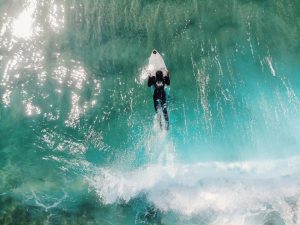
- What Are Waves?
Waves are movements of water that form when energy (like wind or seismic activity) acts upon the surface of the sea. When the wind blows across the surface of the water, it transfers energy that propagates as waves. The strength and duration of the wind determine the height and frequency of the waves.
Wave Formation: The Basics
Waves are formed by a series of undulating movements that travel through the ocean. As these waves approach the shore, the water becomes shallower, causing the wave to “break,” creating the surfable waves we love.
- Wind Waves: Most of the waves we see in open water are created by the wind. The speed and duration of the wind influence the intensity of the waves. Small waves are created by light winds, while strong winds generate larger and more powerful waves.
- Swell Waves: When wind blows for long periods and over great distances, “swells” are formed—more regular and powerful waves. These are perfect for surfing, as they arrive with a consistent frequency and are easier to ride
- How to Read the Ocean for Better Surfing
Being able to read the ocean is one of the most important skills for a surfer. Predicting the tides and understanding wave direction can make a big difference in your performance in the water.
- Watch the Wind Direction: Wind blowing opposite to the wave formation creates taller, more powerful waves. If the wind blows in the same direction as the waves, they’ll be softer and easier to ride.
- Check the Tide: As mentioned earlier, the tide affects the behaviour of the waves. Knowing the high and low tide times lets you pick the right time to surf, whether you’re looking for bigger waves or easier ones.
- Look for the Rip Currents: These currents are channels of fast-moving water heading out to sea. If you know how to identify them, you can use them to quickly get back to open water and continue surfing without wasting energy.
- The Importance of Understanding Tides and Waves at Sagres
Sagres Sun Stay Hostel and our Surf Camp are situated in one of the best surf spots in Portugal, thanks to the variety of beaches offering different wave conditions, depending on the tide and wind. Every day, you can check the tide forecasts and also learn to “feel” the ocean by observing changes in the waves and the shoreline.
Our instructors will also guide you on how to read ocean conditions to make the most of every surf session at the different beached. Knowing when to get in the water is just as important as knowing how to ride a wave. Whether you’re a beginner or an expert, Sagres gives you the opportunity to improve with every wave you face!
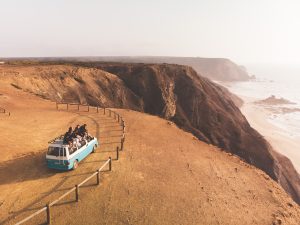
Conclusion: Master the Ocean for Better Surfing
Understanding the tides and waves will not only help you improve your surfing, but it will also make you more aware of the power and natural beauty of the Atlantic Ocean. If you want to become a true surfing expert, it’s not enough to just ride the waves—you need to understand how and why they form.
Join us at Sagres Sun Stay Hostel and Surf Camp, where you’ll not only surf some of the best waves in the world but also learn the ocean’s secrets that will make you a more aware and prepared surfer.
Ready to dive into the world of waves? Come visit us and make the most of every tide!

